
Having a puppy or dog as a pet comes with numerous duties. Proper crate training is among these. Crates serve as dogs' shelter where they have a rest, eat, and hide. It is quite challenging to do crate training. Significant amount of knowledge on how to crate train a dog is just what the pet owner needs to succeed in this venture.
When crate training, you have to be enlightened first about the breed your dog or puppy has. It would be better to have a medium-sized crate if your pet is among the small dog breed. This size assures a comfortable place for your dog to snooze, sit, move around and stand. On the flip side, bigger crates are essential for big dogs such as American/English Foxhound and Golden/Labrador Retriever.
The next thing you have to do is to secure all the essential crate accessories after you have figured out the best crate size for your pet. Comfortable crate pads, crate mats, stainless steel cups and pails are among the accessories that you need to gather for your pet inside. The durability and convenience of using the crate that you want should be assessed first. Furthermore, its door should be easy to lock and unlock to stop hassles when securing the dog in or taking him out.
Thorough introduction of the crate to your dog is the second tip on how to crate train a puppy. In accordance with the dog experts' claims, doing this would help your dog become secure to his new home. For a few hours, let the puppy/dog remain inside the crate. If the crate has sufficient space inside, then just enter as well. This is a terrific way of making him feel secure during crate training.
The third tip on how to crate train a puppy properly is to feed him inside the crate. Hence, there should be a pail and a stainless steel cup next to his crate where you can place his food and water. Furthermore, leave your pet inside the crate while he is sleeping. Your pet will definitely whine or cry during the first few days of crate training. This is where firm discipline counts, especially if the dog starts to bark and make disobedient moves. Let him snooze inside and always disregard what he has acted. Always instill in your mind that as his master, your rules should be followed.
The fourth consideration in crate training a puppy is to let your pet stay inside the crate if you are not around or simply staying home. You can keep track of him more frequently if you are just at home. If you plan to go out, then remember to be back in less than an hour. As soon as you are home, let him walk out of the crate and give him time to play.
Although crate training can be difficult, it's still enjoyable to do. You may check out a few free videos online if you don't know how to crate train a puppy.
Having the best information will certainly help you make a good plan for your Crate Training so be sure to be sure to place the ideas that we shared in this article to great use. It's very comprehensible to feel hesitant if you already experienced failure or if you don't have enough experience, but when you really want to succeed, then you have to commence somewhere. If you would like to ensure that your strategy to Crate Training will work, then it would be beneficial for you to check out the site http://www.mydoggytrainers.com/.
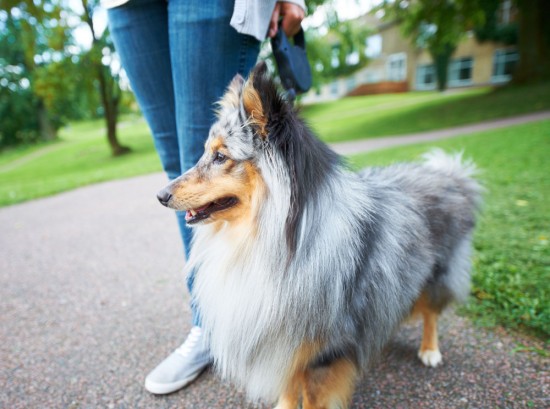 Should The Uk Reintroduce Compulsory Dog Licenses?
Should The Uk Rei
Should The Uk Reintroduce Compulsory Dog Licenses?
Should The Uk Rei
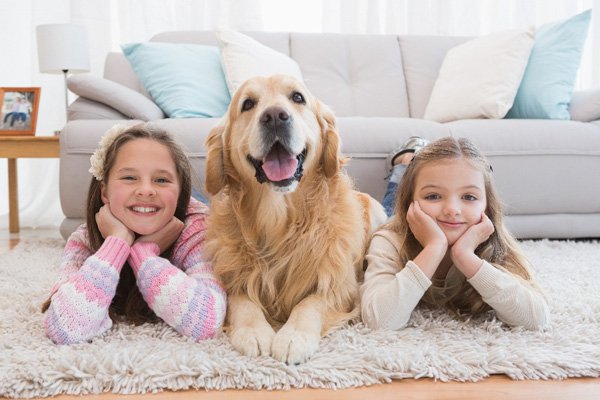 Get Medical Treatment for Pets by Vets at Animal Hospital in Coquitlam
Get Medical Treatment for Pets by Vets at Animal Hospital
Get Medical Treatment for Pets by Vets at Animal Hospital in Coquitlam
Get Medical Treatment for Pets by Vets at Animal Hospital
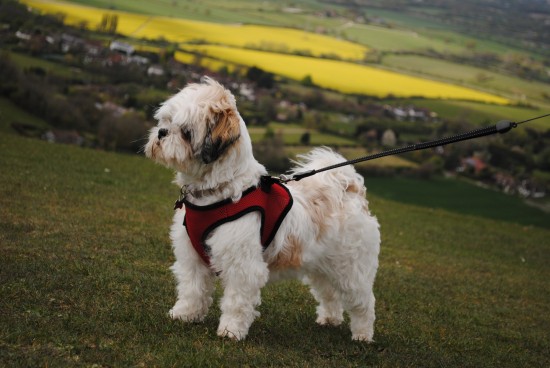 Genetic Disorders Commonly Seen In The Lhasa Apso
Genetic Disorders
Genetic Disorders Commonly Seen In The Lhasa Apso
Genetic Disorders
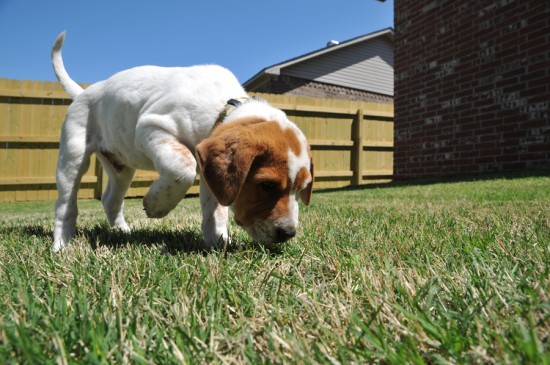 Thinking About Getting A Puppy?
Thinking About Ge
Thinking About Getting A Puppy?
Thinking About Ge
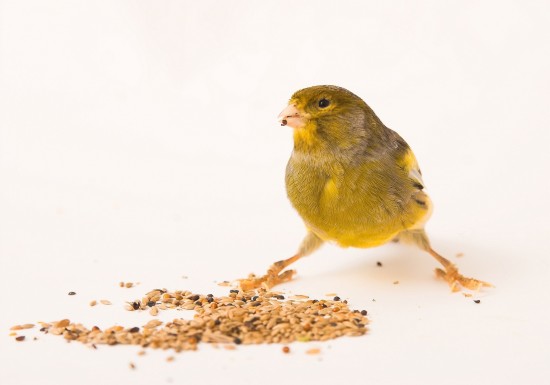 Guide To Bird Seed
Guide To Bird See
Guide To Bird Seed
Guide To Bird See
Copyright © 2005-2016 Pet Information All Rights Reserved
Contact us: www162date@outlook.com